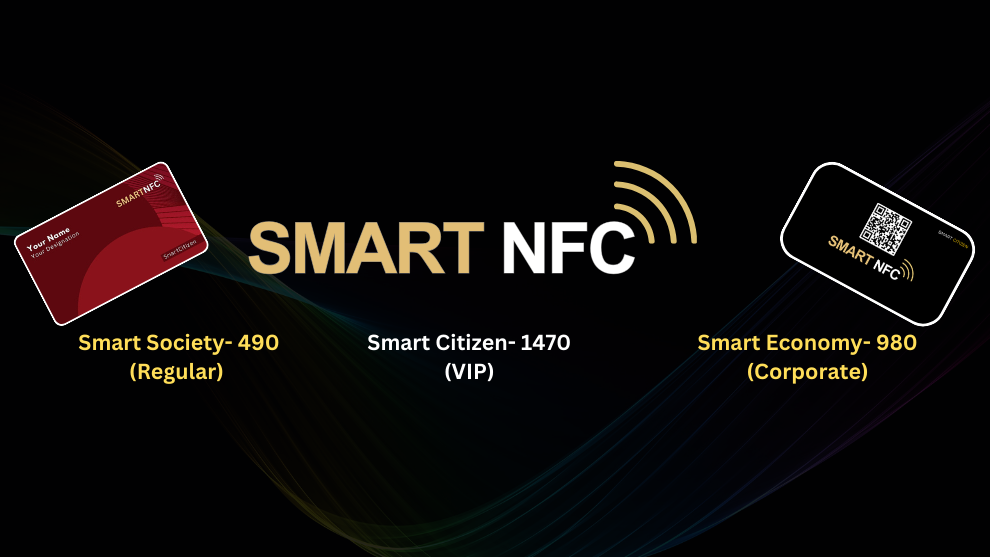Uses of Smart NFC

NFC (Near Field Communication)
NFC (Near Field Communication) smart cards are cards embedded
with a small chip that enables them to communicate wirelessly with other
NFC-enabled devices, typically within a short range (a few centimeters). These
cards are increasingly used for various applications, including contactless
payments, access control, public transportation, and identification.
Importance:
Convenience: NFC smart cards offer a convenient way to make transactions or
access services without physically inserting or swiping the card.
Security: They often incorporate encryption and authentication
mechanisms, enhancing security compared to traditional magnetic stripe cards.
Versatility: NFC technology enables a wide range of applications beyond just
payments, such as public transportation, building access, and data transfer
between devices.
How to use NFC smart cards:
Payment: Simply tap the card on an NFC-enabled payment terminal to
complete a transaction.
Access Control: Hold the card close to an NFC reader to gain access to secured
areas.
Public Transportation: Tap the
card on an NFC reader when boarding public transport to pay the fare.
Advantages:
Speed:
Transactions are quick, often taking only a few seconds to complete.
Contactless: NFC cards reduce physical contact with terminals, promoting
hygiene, especially in the context of the COVID-19 pandemic.
Security: NFC technology includes encryption and authentication, making
it more secure than traditional magnetic stripe cards.
Disadvantages:
Limited Range: NFC communication typically works within a range of a few
centimeters, which means the card must be very close to the reader for
communication to occur.
Compatibility: Not all devices support NFC technology, limiting the usability
of NFC smart cards in certain situations.
Overall, NFC smart cards offer a convenient and secure way to make transactions, access services, and streamline various processes. However, they come with limitations and potential risks that users and organizations should be aware of and mitigate appropriately.